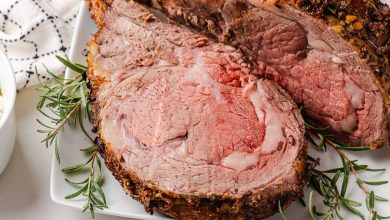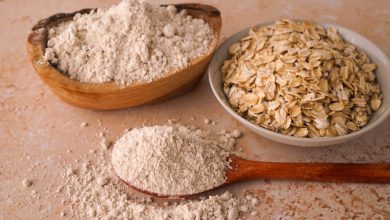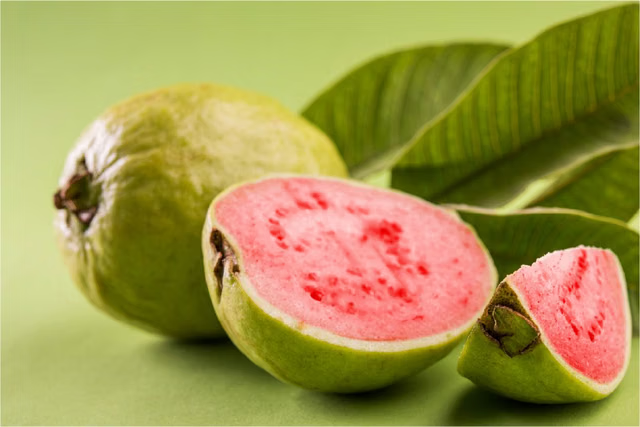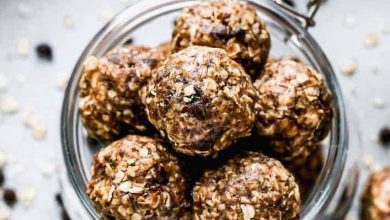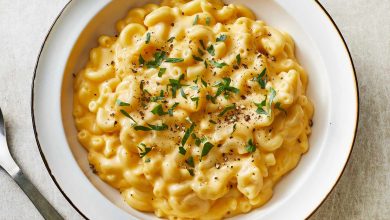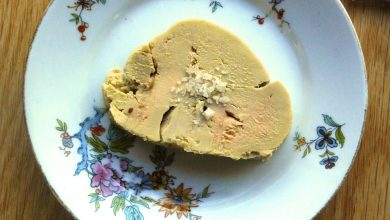European Chestnuts (Blanched)
European chestnuts are a versatile and nutritious ingredient, often enjoyed in both savory and sweet dishes. These chestnuts are commonly used in European culinary traditions and are known for their rich, nutty flavor and soft, creamy texture when cooked. They are an excellent addition to soups, stews, stuffing, and desserts, adding both flavor and texture. Blanched European chestnuts are typically prepared by boiling or roasting, making them ready to incorporate into a variety of recipes.
Nutritional Information per 100g:
| Nutrient | Amount |
|---|---|
| Energy | 131 kcal |
| Protein | 2.0 g |
| Fat | 1.38 g |
| Saturated Fat | 0.26 g |
| Carbohydrate | 27.76 g |
| Fiber | 0.0 g |
| Sugar | 0.0 g |
| Calcium | 46 mg |
| Iron | 1.73 mg |
| Magnesium | 54 mg |
| Phosphorus | 99.0 mg |
| Potassium | 715 mg |
| Sodium | 27 mg |
| Zinc | 0.25 mg |
| Copper | 0.472 mcg |
| Manganese | 0.854 mg |
| Selenium | 0.0 mcg |
| Vitamin C | 26.7 mg |
| Thiamine (B1) | 0.148 mg |
| Riboflavin (B2) | 0.104 mg |
| Niacin (B3) | 0.731 mg |
| Vitamin B6 | 0.233 mg |
| Folate | 38.0 mcg |
| Vitamin B12 | 0.0 mcg |
| Vitamin A | 1.0 mcg |
| Vitamin E | 0.0 mg |
| Vitamin D2 | 0.0 mcg |
Allergen Information:
Chestnuts are generally considered safe for most people; however, those with nut allergies should exercise caution, as chestnuts are often processed in facilities that handle other tree nuts. Always check for cross-contamination if you have a nut allergy.
Dietary Preferences:
- Gluten-Free: Chestnuts are naturally gluten-free, making them an excellent choice for those with celiac disease or gluten sensitivities.
- Vegan & Vegetarian: European chestnuts are a plant-based food, making them ideal for vegans and vegetarians.
- Low Fat: Chestnuts are low in fat compared to other nuts, making them a good option for those looking to reduce their fat intake.
- Low Sugar: With virtually no sugar, chestnuts can be enjoyed as part of a low-sugar or diabetic-friendly diet.
Cooking Advice:
Blanched European chestnuts can be used in a wide range of dishes. You can roast or boil them to soften their texture before incorporating them into soups, stews, or stuffings. They also pair beautifully with meats such as turkey, chicken, or pork. For dessert, chestnuts can be pureed and mixed into cakes, tarts, or sweet fillings. Keep in mind that chestnuts have a mild, slightly sweet flavor, which makes them versatile in both savory and sweet applications.
Conclusion:
Blanched European chestnuts are not only a delicious and unique ingredient but also packed with essential nutrients like potassium, magnesium, and vitamin C. Their versatility makes them a valuable addition to a variety of dishes, whether you’re creating a hearty winter stew or a decadent dessert. Enjoy the natural goodness and rich flavor that chestnuts bring to your kitchen!



